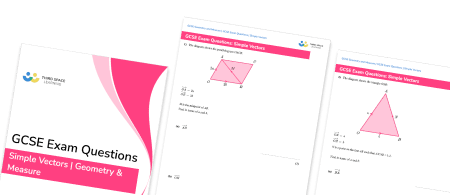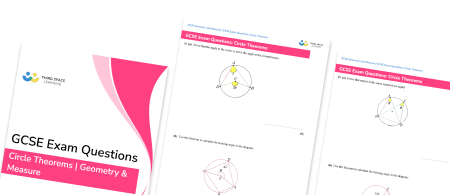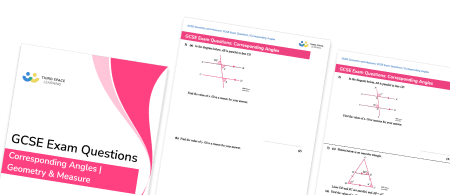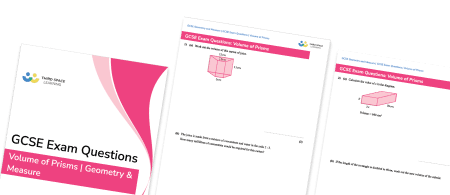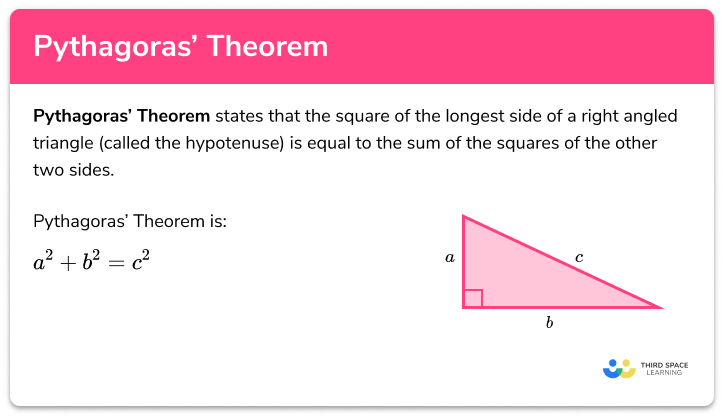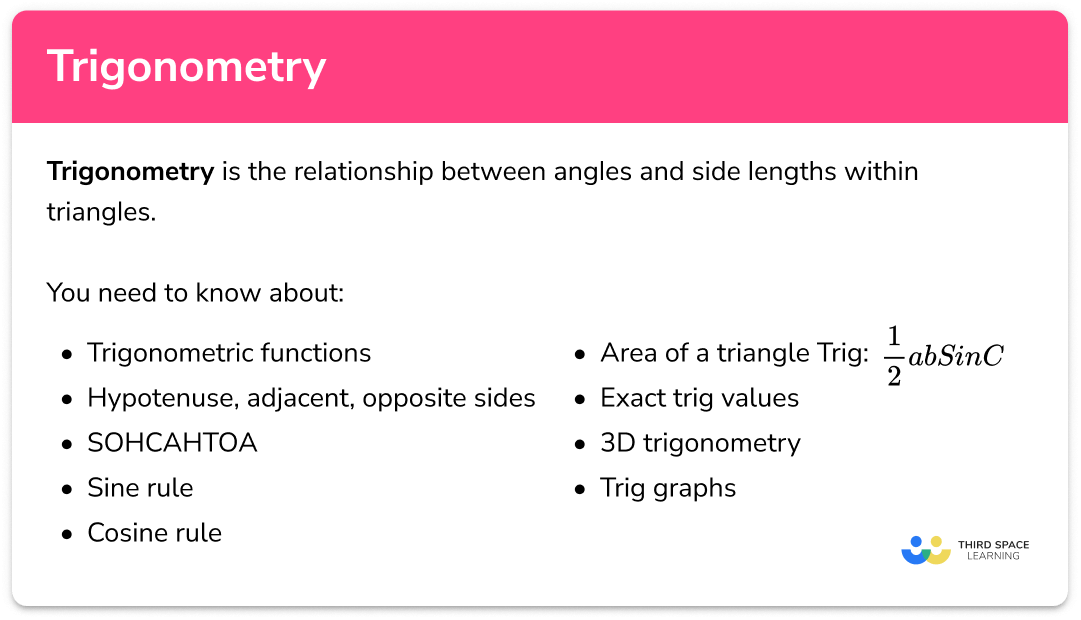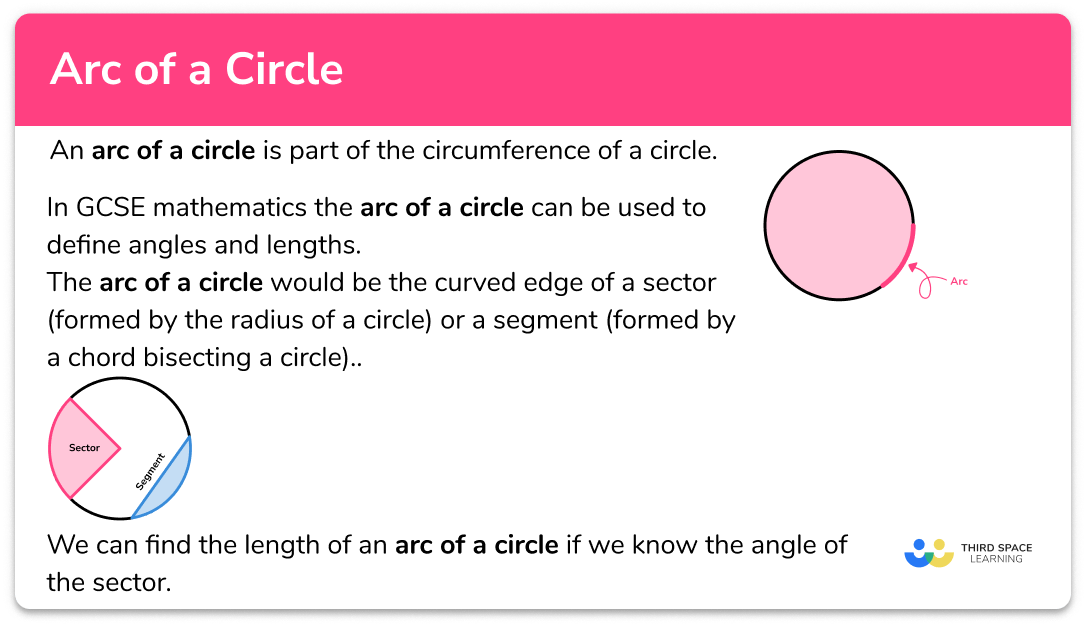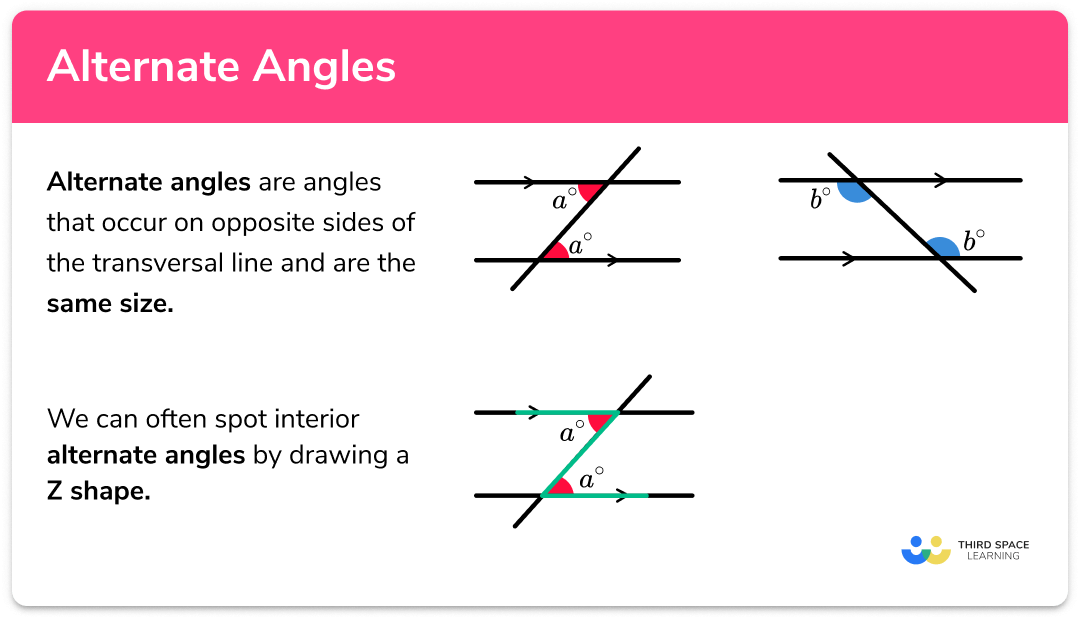FREE DOWNLOAD
Vectors Worksheet

Help your students prepare for their Maths GCSE with this free vector worksheet of 68 questions and answers
- Section 1 of the vector worksheet contains 60 skills-based vector questions, in 3 groups to support differentiation
- Section 2 contains 4 applied vector questions with a mix of worded problems and deeper problem solving questions
- Section 3 contains 4 foundation and higher level GCSE exam questions on vectors
- Answers and a mark scheme for all questions are provided
- Questions follow variation theory with plenty of opportunities for students to work independently at their own level
- All questions created by fully qualified expert secondary maths teachers
- Suitable for GCSE maths revision for AQA, OCR and Edexcel exam boards
Vectors at a glance
A vector describes a movement from one point to another and has both a magnitude and a direction.
We can use vector addition and subtraction to create a pathway from one point to another. Adding and subtracting vectors involves adding or subtracting the different components of a vector. We can also multiply a vector by a scalar to make it shorter or longer. If a scalar is negative it will reverse the direction of the vector but otherwise scalar multiples have no effect on the direction of a vector.
We can calculate the magnitude of a vector using Pythagoras’ theorem and a unit vector has magnitude 1.
Vector problems often involve midpoints of lines, fractions of lines and ratios between different parts of lines. We have to think carefully about how the information we are presented with applies to the problem and the clearest way to do this is usually to create a labelled diagram.
Looking forward, students can then progress to additional geometry worksheets, for example, an area of compound shapes worksheet or how to work out perimeter worksheet.

For more teaching and learning support on Geometry our GCSE maths lessons provide step by step support for all GCSE maths concepts.
Do you have students who need additional support?

With Third Space Learning's secondary maths tutoring programmes, students in Year 7-11 receive regular one to one maths tutoring to address gaps, build confidence and boost progress.
"My confidence in the tutoring is high. We've had some phenomenal results. I even had one girl get a Grade 8 this year; she came to every tutoring session."
Stacey Atkins, Maths Director, Outwood Grange Academies Trust

